The circuit hike to Seekopf (summit) and Hirschwand (rock wall) is a fun excursion in the Wachau Valley in Austria. It ties together several outstanding viewpoints overlooking the Danube River. Though there are sweeping views along the way, this is largely a forest hike.
This hike begins in Oberkienstock village on the Danube and steadily ascends the Meurersteig trail to Seekopf hill (671 meters), crowned with a large lookout tower. From Seekopf, the hike continues northeast in the direction of St. Lorenz. Along the way, there’s an optional detour to Hirschwand (easy and short secured scramble).
A few more viewpoints await you as you descend to the riverside village of St. Lorenz. To complete the circuit, follow the bike path along the river back to Oberkienstock.
If you’re spending more time in the Wachau, also check out the Dürnstein to Krems Vineyard Hike and the Vogelbergsteig Trail.
Seekopf and Hirschwand Hiking Map
Seekopf Trail Description
Oberkienstock to Seekopf (1 hour)
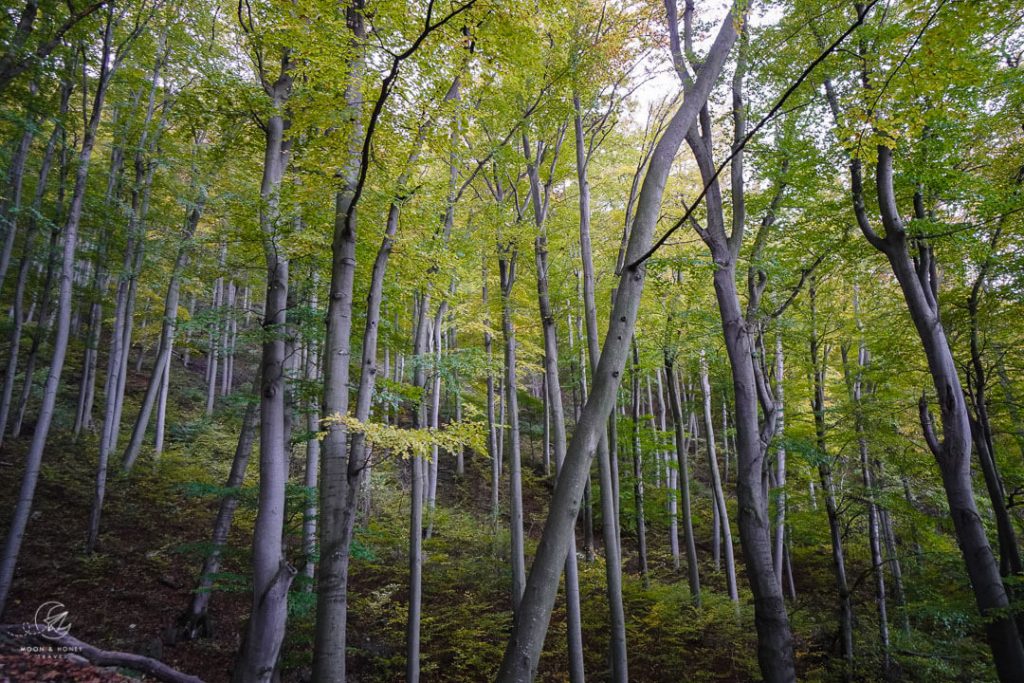
From the Seekopf car park in Oberkienstock, follow the sign to Seekopf (1:20 hours).
At first, the Meurersteig traces the graben floor.
After only a few minutes, red arrows and red-white-red painted waymarks steer you right to the flank of the graben.
The trail ascends a healthy forest of beech trees with thick gray, elephant-like trunks.
Follow the serpentines up the Dunkelsteinerwald (Dark Stone Forest). As you progress, parts of the forest floor are strewn with black boulders and rocks.
After about 50 minutes, you’ll arrive at the first viewpoint overlooking the Danube River and Wösendorf in der Donau encircled by vineyards.
The forest ascent continues another 10 minutes to Seekopf (671 m) and the base of the Seekopf Lookout Tower.
Walk up the stairs to reach for sweeping views of the Danube River Valley.
Seekopf to Kreuzung Hirschwand (15 minutes)
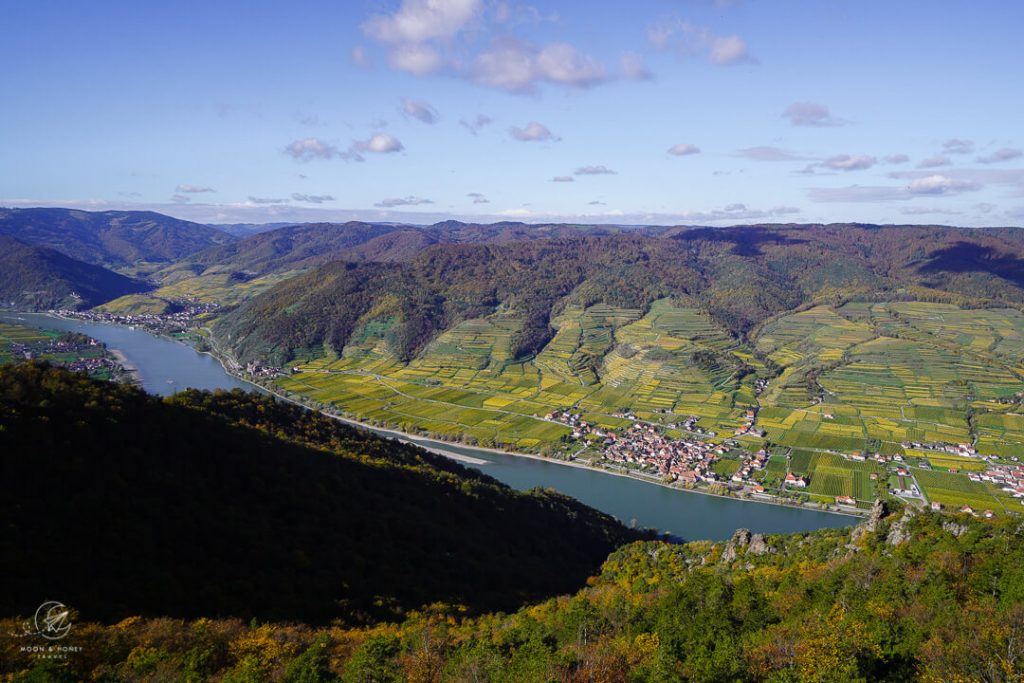
Return to the base of the tower.
From this point on, follow the white-painted Welterbesteig Wachau waymarks and the white-blue-white waymarks in the direction of Fähre St. Lorenz-Weissenkirchen (2 hours) mit Hirschwand.
For 2-3 minutes, the trail to Hirschwand follows a wide forest trail. At the bend, leave the wide trail and continue straight onto the obscure overgrown trail.
Follow the waymarks through the forest, mostly descending. You’ll pass through a rocky area to reach the Kreuzung Hirschwand (575 m) trail junction.
Hirschwand Kreuzung Lollipop-Circuit (20 minutes)
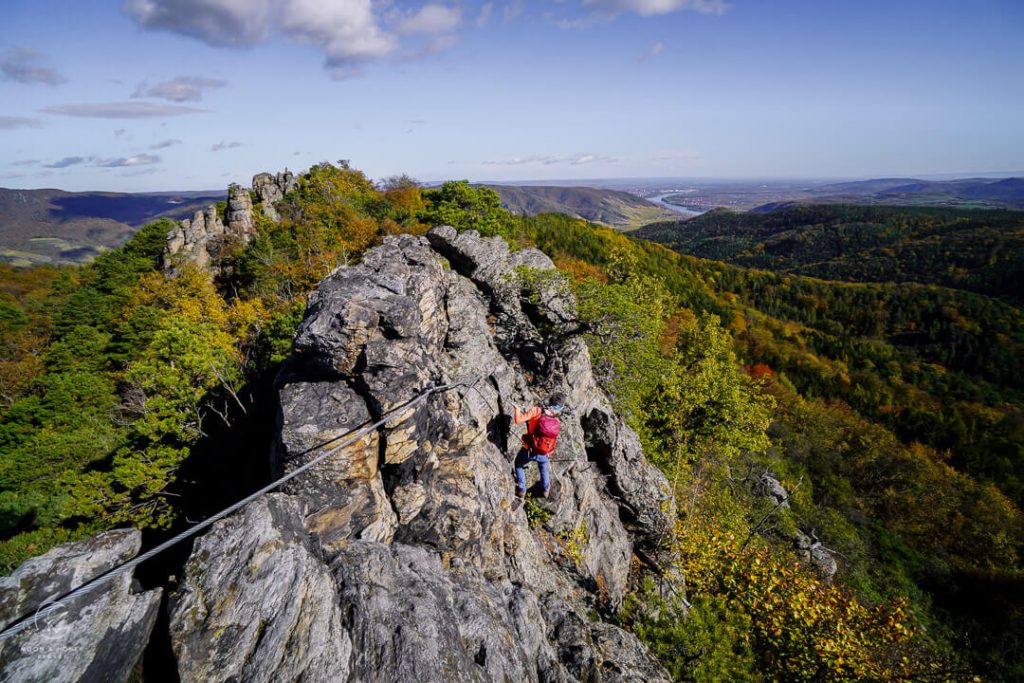
This is an optional detour to the panoramic summit of Hirschwand, a narrow rock wall. The immediate ascent and descent follows a short, secured climbing route (Klettersetig grade A/B).
Bear right to Hirschwand, signed 10 minutes.
After about 120 meters, you’ll see a “Hirschwandsteig” plaque on the left and the base of the southwest secured route (Grade A).
Ignore the plaque/cables and continue following the narrow trail to the base of the southeast secured route (Grade A/B). There’s another plaque here.
It’s easier to tackle the circuit counter-clockwise.
Use the fixed cables and rungs to safely scramble up to the top of Hirschwand. The summit is marked with a Lower Austrian flag and summit register. The circuit continues across the summit and down the easier southwest flank.
Kreuzung Hirschwand to Kreuzung St. Lorenz (1:30 hours)
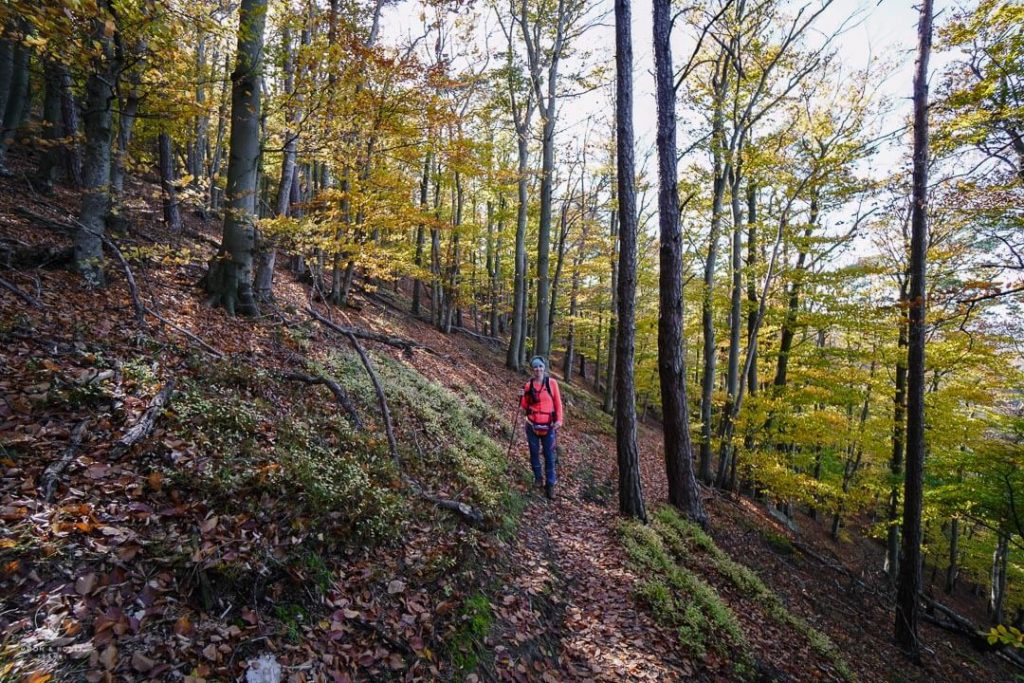
Follow the sign to Fähre St. Lorenz-Weissenkirchen (1:45 hours).
On paper trail maps, this trail is labeled “Steinige Riess-Steig.”
The undulating way to St. Lorenz slowly traverses a mixed forest (oak, beech, birch trees), passing some bizarre rock towers and walls.
Every now and again, views open up to the Danube.
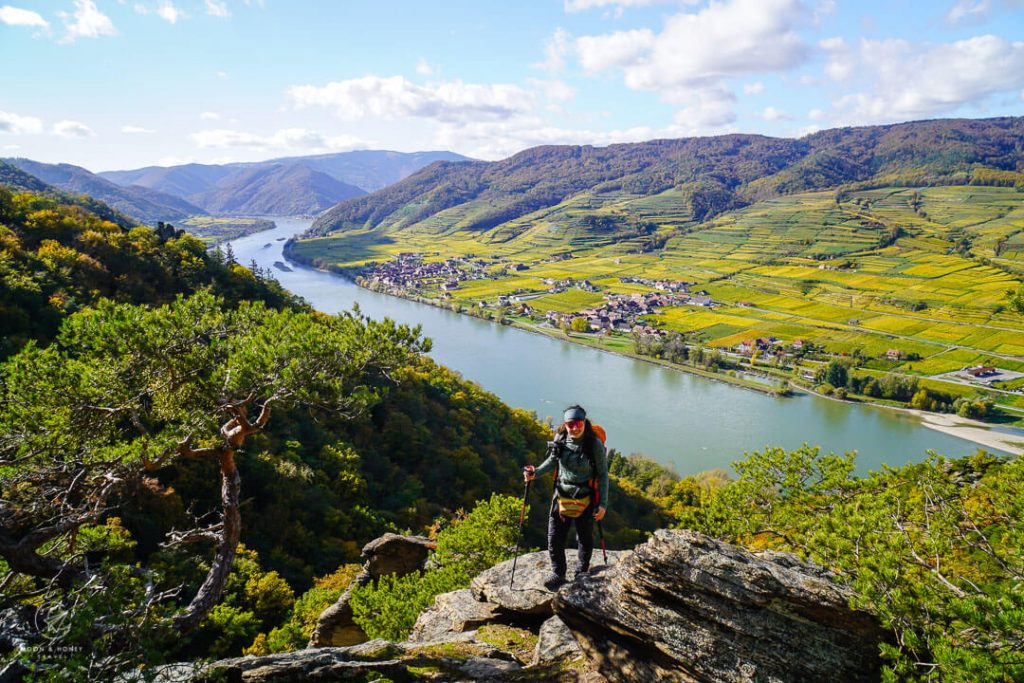
Continue following the white Welterbesteig Wachau waymarks, ignoring promising shortcuts.
A easy wide path brings you to the Kreuzung St. Lorenz intersection.
Kreuzung St. Lorenz to Memorial at the Friedenskreuz St. Lorenz (5 minutes)
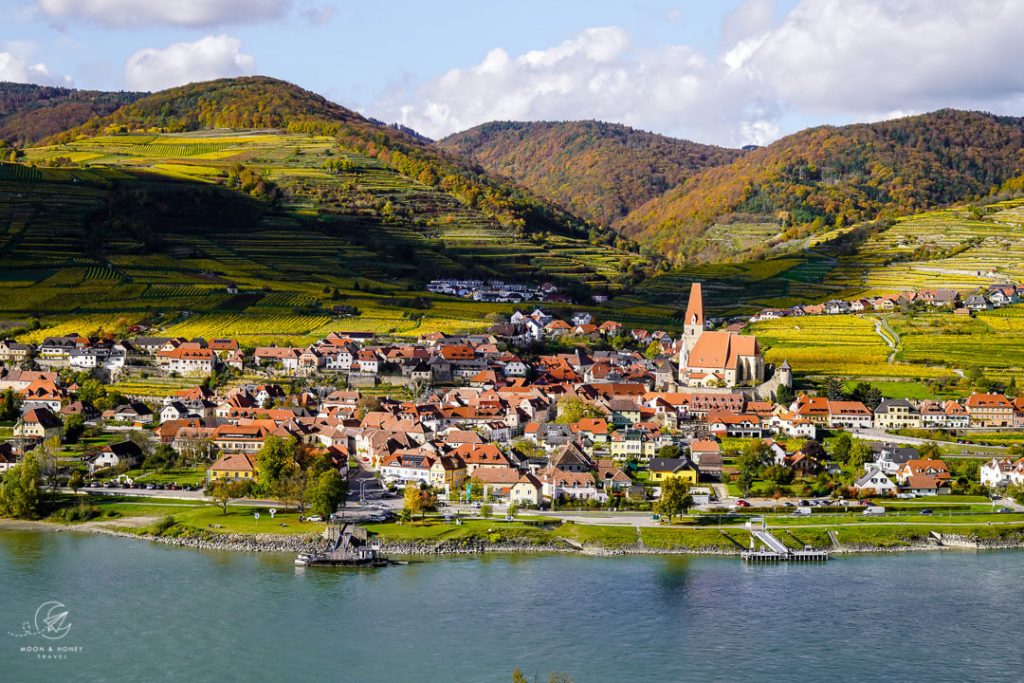
At the Kreuzung St. Lorenz (229 m) trail junction, follow the signs to Rollfähre St. Lorenz-Weissenkirchen (15 minutes) and Panoramaweg/St. Lorenz, leaving the wide path.
The narrow trail leads to the Memorial at the Friedenskreuz St. Lorenz (Peace Cross St. Lorenz).
The first thing you’ll see is an alarmingly large art installation of “Deutsche Eicheln 1933” depicting Adolf Hitler watering a German Oak Tree with larger-than-life “Nazi” Acorns.
Let’s unravel this, shall we?
In 1933, the National Socialists took power in Germany. In response, John Heartfield designed the anti-fascist collage, “Deutsche Eicheln” (German Acorns) for the back cover of the Berlin magazine Arbeiter Illustrierte Zeitung (AIZ, 1933, Vol. 12, No. 37) as a way of warning against the rearmament of the Wehrmacht by the Nazis.
During the Second World War, the Jockisch Combat Group (named after commander Bernhard Jockisch), was deployed in former Yugoslavia. This unit of the Wehrmacht was engaged in daily battles with the Partisans and were responsible for a number of atrocities against the civilian population. They raised entire villages to the ground and murdered hostages.
In the 1960s, the Peace Cross St. Lorenz memorial was created for the fallen and missing soldiers of the Jockisch Combat Unit in the St. Lorenz area. The memorial consists of a 4-meter high cross, a commemorative plaque, Wehrmacht helmet, and laurel wreath.
The plaque states, “Zum Gedenken an die gefallenen Helden der Kampfgruppe Jokisch,” which means “In memory of the fallen heroes of the Jokisch combat group.” So, basically this memorial commemorates and applauds the actions of a brutal Nazi combat force.
In 2016, artist Martin Krenn installed Hartfield’s “Deutsche Eichlen” in front of the Peace Cross St. Lorenz. By mounting this art-piece in front of the memorial, Martin Krenn is demanding critical engagement with Austria’s Nazi past. And like John Heartfield, he’s also warning onlookers about the glorification of war and fascism.
After taking in the installation, turn towards the Danube and enjoy the fantastic view of Weissenkirchen village.
Memorial at the Friedenskreuz St. Lorenz – St. Lorenz – Oberkienstock (30 minutes)
Descend to St. Lorenz and follow the bike path along the river and then later along the road to Oberkienstock.
Where to Stay
Weißenkirchen in der Wachau
Midrange | Hotel Garni Weinquadrat is a very friendly B&B with 12 rooms set in the heart of Weißenkirchen, close to the Danube. This superb guesthouse offers a rich breakfast buffet featuring local and homemade products. Guests can rent bikes and e-bikes directly at the B&B and select wines from the 24-hour, self-service wine cellar (Kellerstüberl).
Midrange-Luxury | Hotel-Restaurant Kirchenwirt is a traditional hotel with an on-site restaurant in the center of Weißenkirchen. Widely praised for its comfortable rooms, excellent breakfast buffet, and courteous staff, Kirchenwirt is an ideal base for exploring the Wachau. Guests can also relax in the spa, housed in the nearby 16th century Winzerhaus, at a surcharge.
Dürnstein
Midrange | Bioweingut Schmidl is a family-run, organic winery with a small guesthouse (3 spacious rooms), located just outside the historic town center of Dürnstein. They offer a bicycle rental service, breakfast (included), and wine tasting (upon request).
Luxury | Hotel Schloss Dürnstein is housed in a historic castle built in 1630, overlooking the Danube. This classic hotel features grand interiors, an excellent on-site restaurant, and a wellness area (two swimming pools and two saunas). Though this is a fine hotel overall, it does need some updates (e.g. bathrooms, air-conditioning). Breakfast is included. Book a room with a view of the Danube.
Luxury | Hotel Richard Löwenherz is a charming old-world hotel which commands a romantic view of the Danube. Stay here for the fairy tale setting, garden outdoor pool (not heated), and gourmet restaurant and terrace.
Krems an der Donau
Budget | Gästehaus auf der Kunstmeile is a guesthouse located on the Kunstmeile (Art Mile) in the old town of Stein, which is part of Krems, though 1.5 km from the city center. Cyclists love staying here.
Midrange | Hotel Unter Den Linden is a 5 minute-walk to the Steiner Gate and the Krems pedestrian zone. This lovely hotel offers modern and airy rooms with parquet floors and a delicious breakfast buffet.
Midrange-Luxury | Klinglhuber Suites is a top-rated, dog-friendly (12 EUR/day) accommodation in Krems, featuring spacious rooms with air-conditioning, Nespresso machines, mini-bars, and a seating area. Breakfast is included. Guests also have access to an outdoor pool.
Luxury | Boutique Gästehaus Guestel is a stylish holiday home in Krems with three bedrooms.
Look for accommodation in Krems an der Donau.
Austria Trip Planning Essentials
Use our Austria Travel Guide and Austria blog archive to plan a unique and memorable trip to Austria.
When to Visit Austria
Summer and early Fall are our favorite seasons in Austria.
Getting around Austria
Austria has an excellent public transit system. We’ve used it extensively to travel throughout the country. We highly recommend using transit if you’re visiting cities (Vienna, Salzburg, Innsbruck, Graz, etc…), and/or doing hut-to-hut hikes.
Some areas like Mayrhofen, Schladming and Lech am Arlberg have wonderful seasonal transit systems in place (e.g. summer hiking buses). However, if you’re not visiting during the high season, bus frequencies are significantly reduced and it’s far easier to get around with your own vehicle.
If you’re planning on visiting multiple destinations across Austria, we recommend renting a car.
Car Rental
We recommend using the Discovercars.com car rental reservation platform to search for and book car rentals. This easy-to-use booking platform compares car rental deals from 500+ trusted providers, so that you can choose the best option for your trip.
Check car rental rates here.
If you’re driving into Austria from a neighboring country, don’t forget to purchase a vignette at/near the border.
Hiking in Austria
Where to Hike in Austria
Read Austrian Alps Hiking Destinations for an overview of where to hike in Austria, with tips on specific trails and where to stay. Also check out Best Day Hikes in Austria and these region-specific hiking guides:
Hut to Hut Hiking in Austria
Austria is a premier hut-to-hut and long-distance hiking destination. The quality of the mountain huts are superb. We particularly love the high-alpine trails, which are called Höhenwege in German. We’ve summarized our favorite multi-day hikes in Trekking Austria. If you’re new to hut hiking, read this in-depth guide to Hut to Hut Hiking in Austria.
Source : moonhoneytravel blog
You might also like :










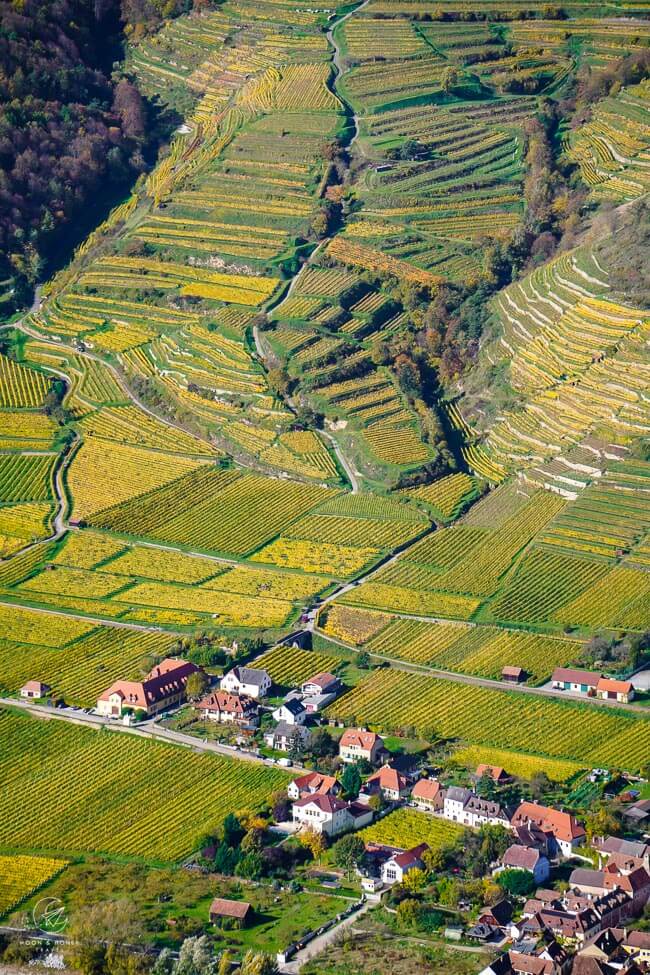


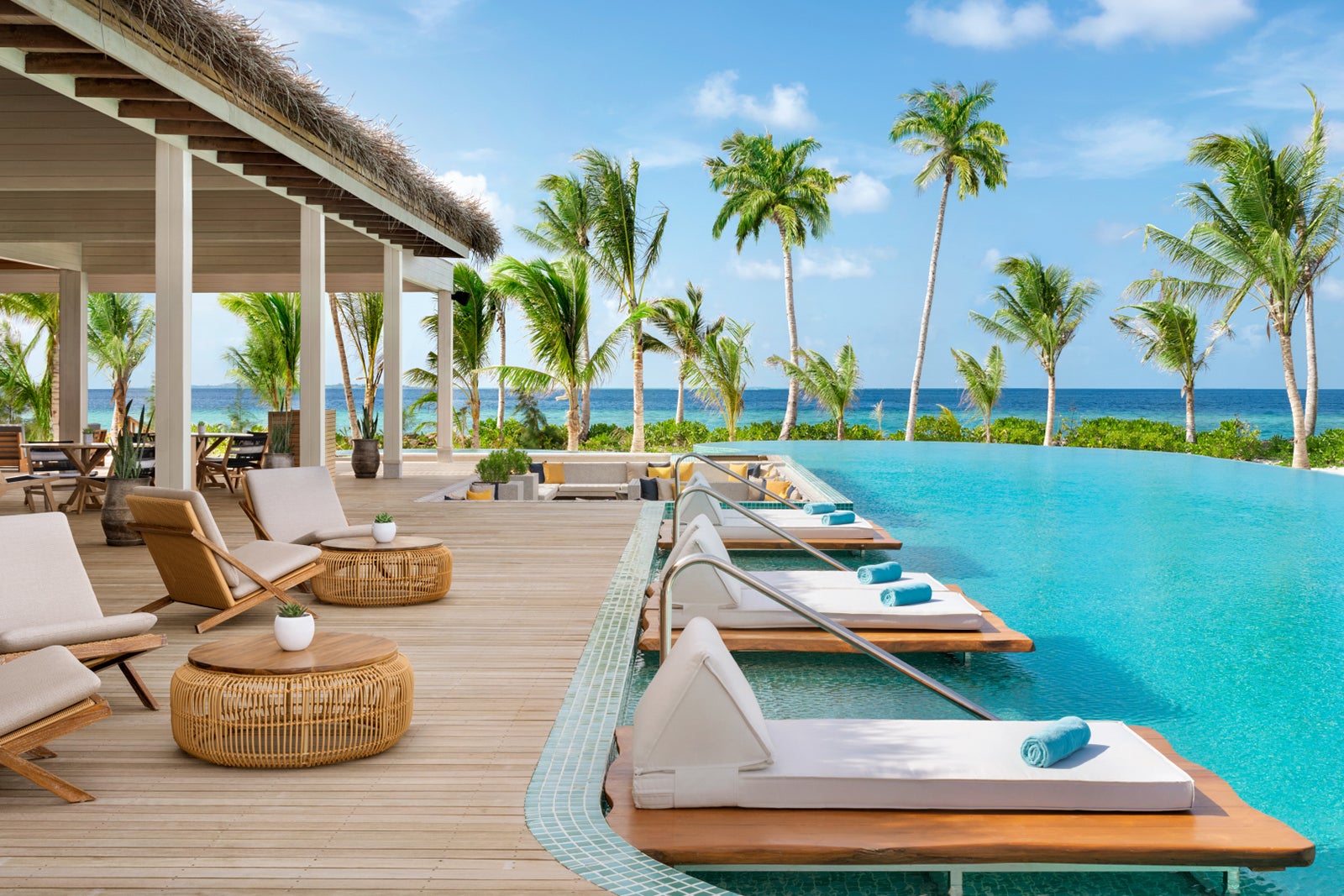
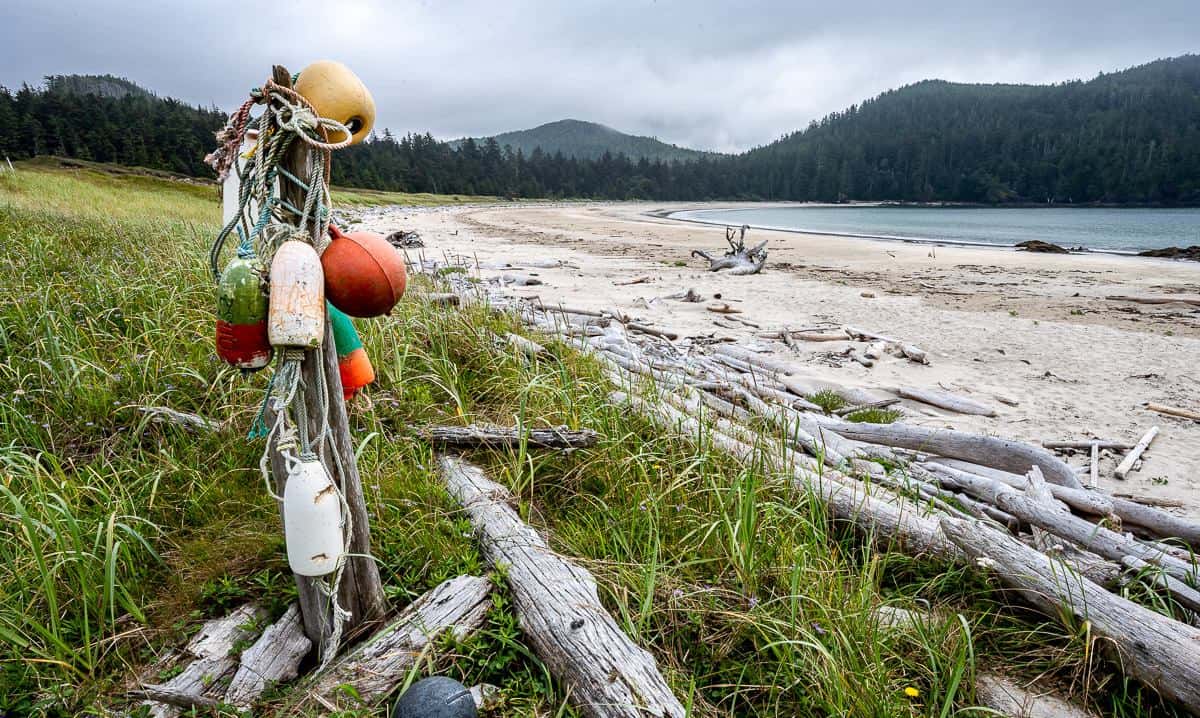




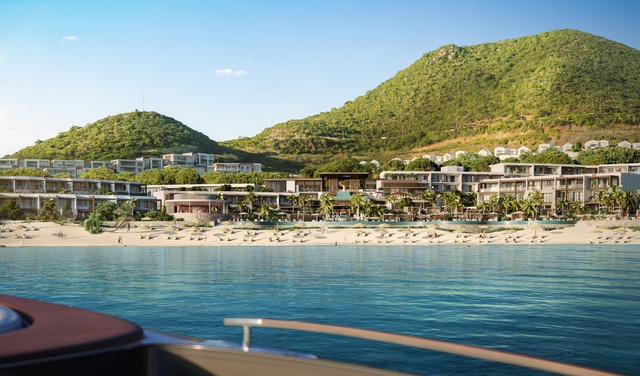

Discussion about this post